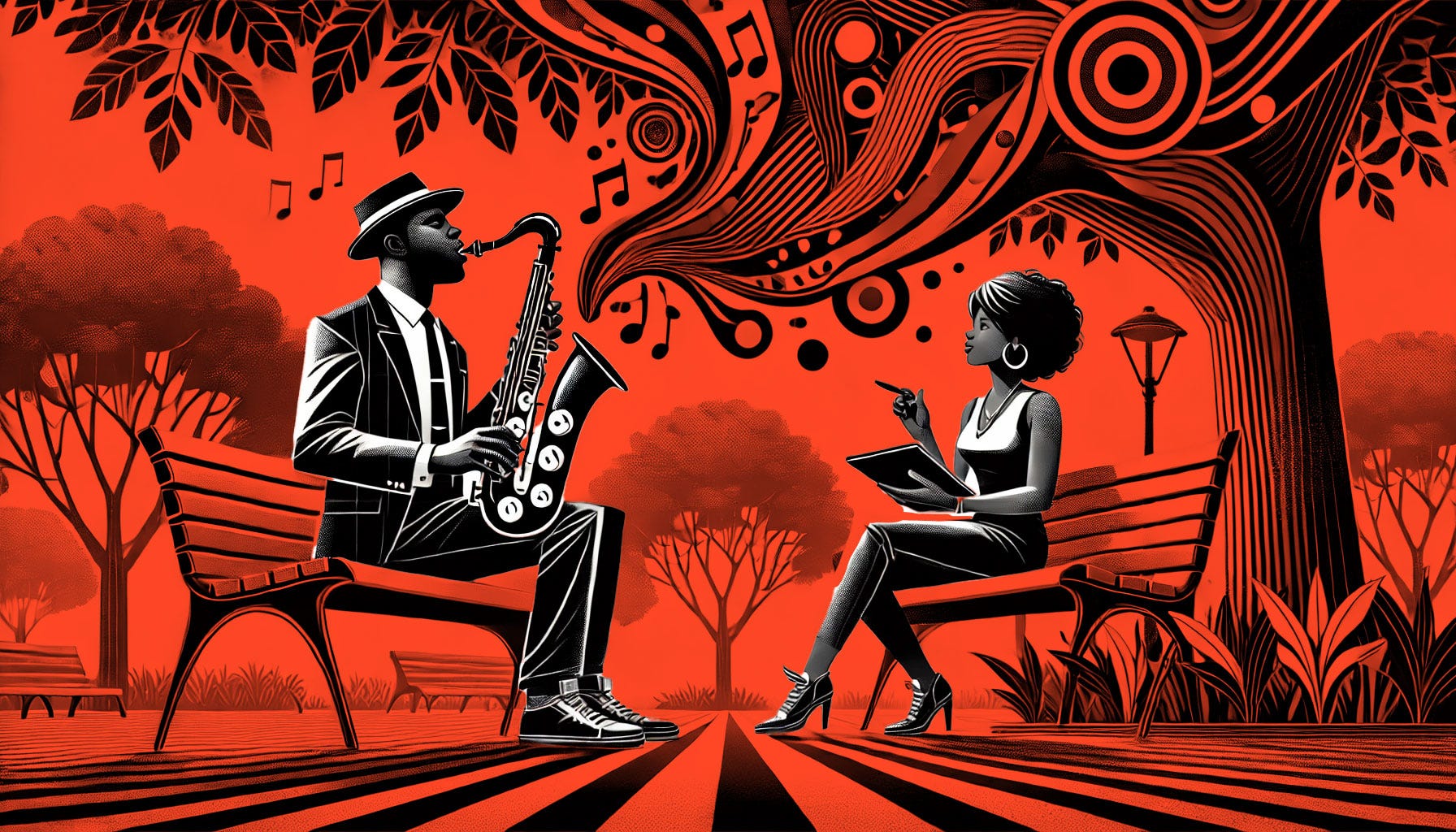The Brief: What designers can learn from musicians
The monthly dispatch from Design Better.
In this issue of The Brief:
What designers can learn from Kendrick Lamar and Kamasi Washington
Design thinking and financial planning
Things to watch, read, and explore
Design Better premium now includes new benefits including access to the documentary film Design Disruptors, and for the next week only you can get a year of premium for 25% off, our only sale of the year.
What designers can learn from Kendrick Lamar and Kamasi Washington
by Aarron Walter
I find there’s a lot of navel-gazing in design, which is at times tedious. I love to look at design systems, new UI designs, and software taking a fresh approach to a familiar problem. But looking only to other designers for inspiration limits our potential.
Creative thinkers in adjacent spaces have secrets to share about process, collaboration, and craft if we look beyond the confines of design. I’m a shitty guitar player trying to get better, and the deeper I go into music, I can’t help but recognize some valuable lessons that could transfer nicely to design.
A generous creative process
Jazz is built on a contradiction: there is structure and structure gets broken. A chord progression maps out the foundation of a song—the sequence of chords that make it recognizable and repeatable. On top of this structure, melodies and solos bring the music to life.
Then comes improvisation, where jazz truly shines. It breaks and reshapes structure, pushing a song into uncharted emotional territory.
Jazz virtuoso Kamasi Washington, whom we recently spoke with on Design Better, describes improv as “making space for the moment.”
There's always improvisation. There's always space for the moment. To me, the music always has the final say. Musicians believe if something happens in a moment that's not on the page that's beautiful, it supersedes the written music no matter what.
But I will say that when we're making an album in general, there's more of a vision for the songs. When we were in the studio, I have a vision for the song. Now, someone could play something and change that vision. But I do come in with a vision.
Washington is describing two ways of thinking in the creative process: open mode and closed mode. Let’s pull these apart then look at what shapes the creative growth of many musicians.





